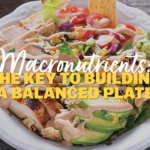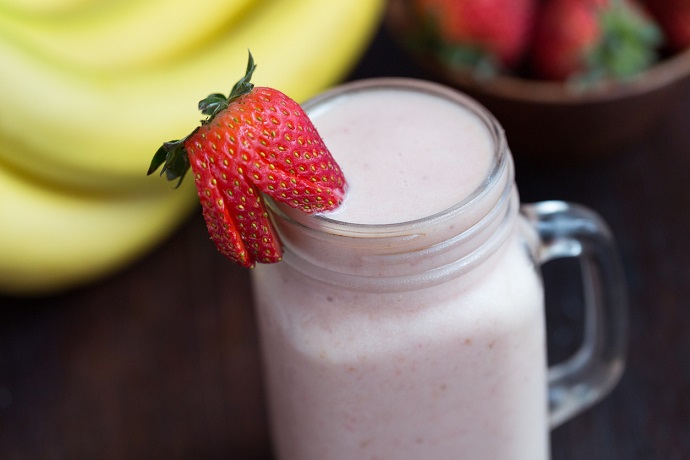You’re likely familiar with protein as a tasty and filling component on your plate. But did you know that protein is a powerhouse macronutrient that has many important roles within our bodies? Protein helps to support a strong immune system and acts as a messenger in certain hormones to carry signals between cells. Perhaps the most familiar function of protein is giving our bodies structure as a building block for lean muscle. Here are some of the most common questions SAGE’s Registered Dietitians receive about protein.
What is protein?
Protein is one of three macronutrients, along with carbohydrates and fat. Proteins are comprised of structural units called amino acids. Our bodies can make some amino acids, but there are nine that are considered essential because we must get them from food. A complete protein is a food that contains all nine essential amino acids. Some examples are beef, pork, poultry, fish, eggs, dairy, quinoa, buckwheat, amaranth, and soy.
Can I combine incomplete plant proteins to make complete proteins?
Many plant-based sources aren’t considered to be complete proteins, but those who follow vegetarian and vegan eating patterns can get all the necessary amino acids by combining incomplete proteins. For example, legumes can be paired with grains or seeds to make a complete protein. They don’t have to be eaten at the same time — just be sure to include a variety throughout the day. Plant-based proteins that contain all nine essential amino acids include quinoa, chia, hemp, amaranth, buckwheat, and soy and soy products.
Am I eating enough protein?
Most people don’t have trouble meeting their protein needs through a balanced diet. While age, gender, weight, and activity level determine exactly how much protein an individual needs, most people should get between 10% and 30% of their daily calories from protein. Adding a serving of a protein-rich food to each meal will ensure you meet this recommendation.
Do I have higher protein requirements if I’m physically active?
You may have heard that athletes and active individuals need more protein. Oftentimes, the body breaks down more protein than it creates. This is because muscle cells are damaged during exercise. Muscles strengthen as they repair themselves, so it’s especially important for physically active individuals to prioritize protein to fuel this process.
How much protein should I have at each meal to build muscle?
More protein doesn’t necessarily mean more muscle, even for athletes. There are many factors when it comes to building muscle, and research is inconclusive about just how much protein from a single meal can build muscle tissue. A study conducted by Frontiers in Physiology found that a single meal or snack with more than 20 to 30 grams of protein likely wouldn’t increase how quickly the body could repair and build muscle tissue after intense exercise, such as weightlifting.
Should I use a protein powder to meet my needs?
Protein powders are a popular go-to for individuals looking for a quick, convenient source of protein; however, you should take precautions before using protein powder. Many are labeled as “supplements,” which don’t require FDA approval that they’re safe or effective. Without regulation, supplements like protein powder could be sold with contamination from unknown or prohibited substances. For those aiming to build muscle, it’s best to choose food sources of protein to fuel a well-balanced training routine.
SAGE recognizes that athletics are important to many of the schools we serve. To support student-athletes and active individuals looking for higher-protein options, our Chefs and Registered Dietitians developed new higher-in-protein smoothie recipes. They contain dairy — not processed ingredients — to provide an average of 20 grams of protein per serving. We also offer soy-based protein smoothies that are vegan and dairy-free. These smoothies are part of SAGE’s Performance Spotlight® program, designed to support and fuel performance.
Based on guidelines from the NCAA, U.S. Olympic Committee, and current sports nutrition research, SAGE’s Performance Spotlight® program provides educational materials to guide student-athletes and active individuals’ food choices. In addition to house-made protein smoothies, we have our own sports drinks and sports bars made with simple ingredients and offer team meals and snacks.
Try our strawberry-banana smoothie for a high-protein option you can take on the go!
Strawberry-Banana Smoothie
Servings: 1
3 tablespoons dry milk powder ½ cup, 2 tablespoons 1% milk ¼ cup plain nonfat Greek yogurt ½ medium banana, peeled and sliced ⅓ cup strawberries, sliced 2 tablespoons 100% orange juice
STEP 1: Dissolve milk powder in milk.
STEP 2: Combine all ingredients in a blender and blend until smooth.







